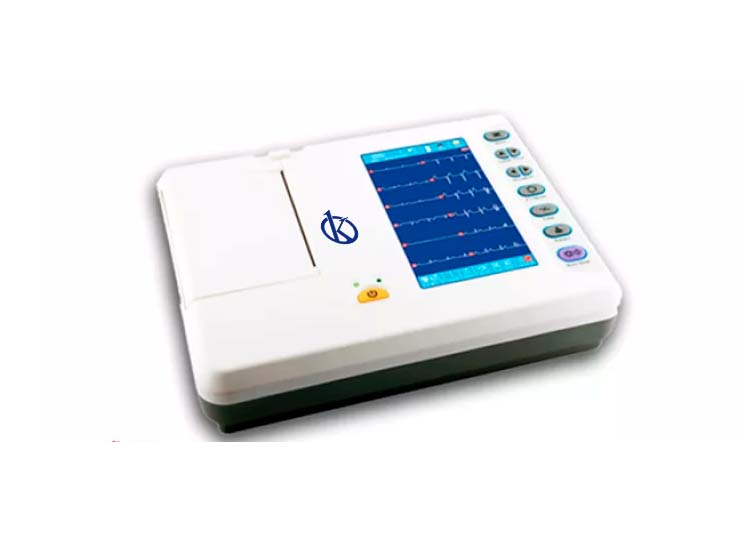The pH meter is a very useful tool to determine the degree of oxidation of a sample. In most cases, it is used to measure the degree in liquids and solids. The sample can be measured with a portable device, according to a benchtop pH meter. The accuracy of the measurement depends on the type of table or pocket.
The operation of a pH meter is relatively simple. The sample to be measured is placed in the meter and then measured on a scale from 0 to 14, where 0 is the most acidic pH and 14 is the most basic pH. The pH of most water samples is in the range of 6.5 to 8.5.
The pH of a sample may vary due to various factors, such as temperature, ion concentration, the presence of organic materials and the acidity of water. Therefore, it is important to take the necessary measures to maintain the alkalinity of the sample in a specific range. If it changes too much, serious problems, such as corrosion of materials, can occur.
Determination of oxidation levels in the sample
The pH meter can be very useful to know if a substance is damaged or not, and also to determine the degree of corrosion of a metal. In general, it is recommended that the pH of a substance be between 6 and 8, as this range is for most substances. If the value of a substance is below 6, this indicates that the substance is very acidic and may be corrosive. On the other hand, if it is above 8, this means that the substance is very basic and can also be corrosive.
The pH meter can be very useful to avoid damage to food, as it allows to determine the degree of oxidation of foods. The meter can also be very useful to know whether a metal is oxidized or not. In general, a metal is considered to be oxidized when its pH is below 5.
The most common metals that corrode are iron and copper, but there are also other metals that can oxidize, such as aluminum.
Analysis Techniques
One way to calculate oxidation levels in samples is by using a pH meter. pH meters can be used to measure the concentration of acids or bases in a sample. It consists of a probe that is immersed in the sample, calculates the degree of alkalinity and sends a signal to the meter display. To measure the pH of a sample, follow these steps:
Verify that the pH meter is calibrated. Most pH meters come with a calibration certificate. If the pH meter is not calibrated, readings may not be accurate.
Turn on the meter.
Clean the pH gage probe with distilled water or special cleaning solution.
Dip the pH meter probe into the sample.
Keep the probe immersed in the sample for a few seconds.
Remove the probe from the sample meter.
The pH meter display shows the alkalinity of the sample.
pH meters can be used to measure the pH of many substances, such as water, wine, coffee, fruit juice, milk, etc.
Kalstein brand PH meter
At Kalstein we are manufacturers of the best laboratory equipment with the most advanced technology so that our customers feel satisfied and at excellent prices. Our PH Meters belong to the YR series, it has the calibration from 1 to 5 points with automatic recognition for USA, NIST and DIN buffers. Automatic temperature compensation ensures accurate readings over the entire range. The temperature coefficient of the solution compensates for pure water samples and refers to the pH at 25 °C.
We invite you to visit the products from our HERE page Before making your purchase, you will be advised by our experts to make your experience excellent. Visit our website for more information HERE




